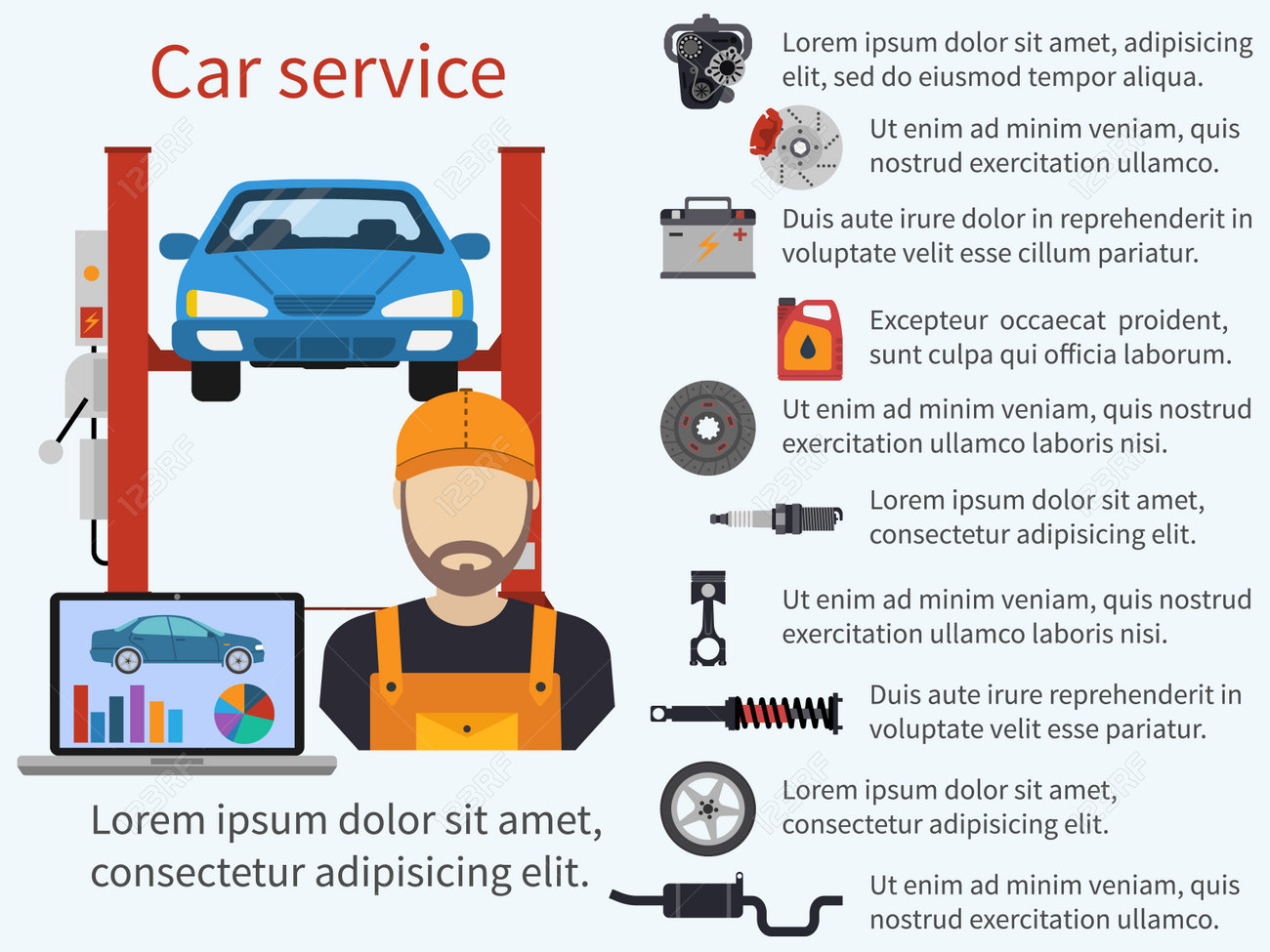When you're behind the wheel, those glowing caution lights on your dashboard can be a little bit complicated. Do you understand what they're attempting to tell you concerning your vehicle's wellness? Recognizing the importance of these lights is crucial for your safety and the durability of your car. So, the next time one of those lights appears, would not you wish to understand its message precisely and take the essential actions to address it?
Common Warning Lights and Interpretations
Recognize typical caution lights in your car and understand their definitions to make certain secure driving.
One of the most typical caution lights include the check engine light, which signals issues with the engine or exhausts system. If this light comes on, it's important to have your vehicle inspected promptly.
The oil stress warning light indicates reduced oil stress, calling for immediate interest to prevent engine damage.
A blinking battery light may recommend a defective billing system, potentially leaving you stranded if not addressed.
The tire pressure monitoring system (TPMS) light notifies you to reduced tire pressure, affecting lorry stability and gas performance. Disregarding this might lead to risky driving conditions.
elegant auto detailing shows a trouble with the anti-lock braking system, endangering your capacity to quit rapidly in emergency situations.
Finally, the coolant temperature level advising light warns of engine getting too hot, which can cause serious damages if not fixed promptly.
Recognizing these typical caution lights will help you attend to concerns immediately and preserve risk-free driving conditions.
Value of Prompt Attention
Recognizing the usual warning lights in your automobile is only the initial step; the importance of promptly resolving these cautions can not be stressed sufficient to guarantee your safety on the road.
When a warning light brightens on your control panel, it's your auto's way of interacting a prospective problem that needs focus. Disregarding these cautions can cause more severe troubles down the road, endangering your safety and possibly costing you more in repairs.
Prompt attention to warning lights can stop malfunctions and accidents. As an example, a blinking check engine light might show a misfire that, if left neglected, can cause damage to the catalytic converter. Resolving this without delay can save you from an expensive repair work.
Similarly, a brake system cautioning light may signify low brake fluid or used brake pads, important parts for your safety and security when driving.
DIY Troubleshooting Tips
If you notice a warning light on your control panel, there are a few DIY fixing ideas you can attempt prior to looking for specialist aid.
The first step is to consult your vehicle's manual to comprehend what the particular warning light shows. Occasionally the concern can be as easy as a loose gas cap setting off the check engine light. Tightening up the gas cap might deal with the trouble.
An additional common issue is a reduced battery, which can trigger numerous warning lights. Examining the battery links for deterioration and guaranteeing they're secure might deal with the issue.
If a warning light lingers, you can attempt resetting it by detaching the vehicle's battery for a couple of mins and afterwards reconnecting it. Additionally, examining your car's liquid levels, such as oil, coolant, and brake liquid, can aid fix cautioning lights associated with these systems.
Verdict
In conclusion, recognizing your car's caution lights is essential for keeping your lorry running efficiently and securely. By promptly attending to check here and recognizing what they imply, you can stay clear of expensive repair services and prospective malfunctions.
Keep in mind to consult your automobile's handbook for certain details on each alerting light and take action accordingly to make certain a hassle-free driving experience.
Remain educated, stay risk-free on the road!
